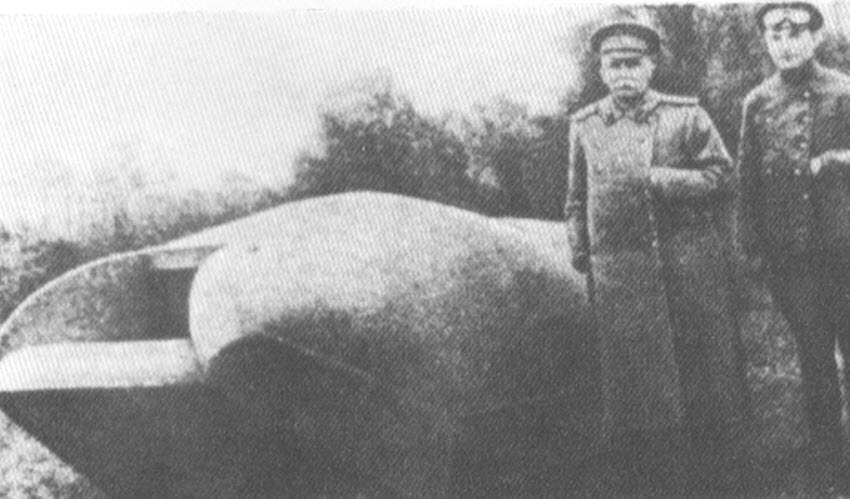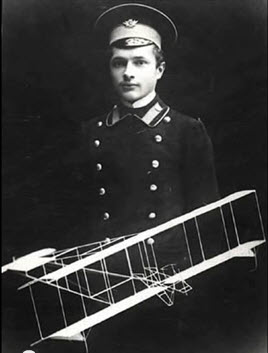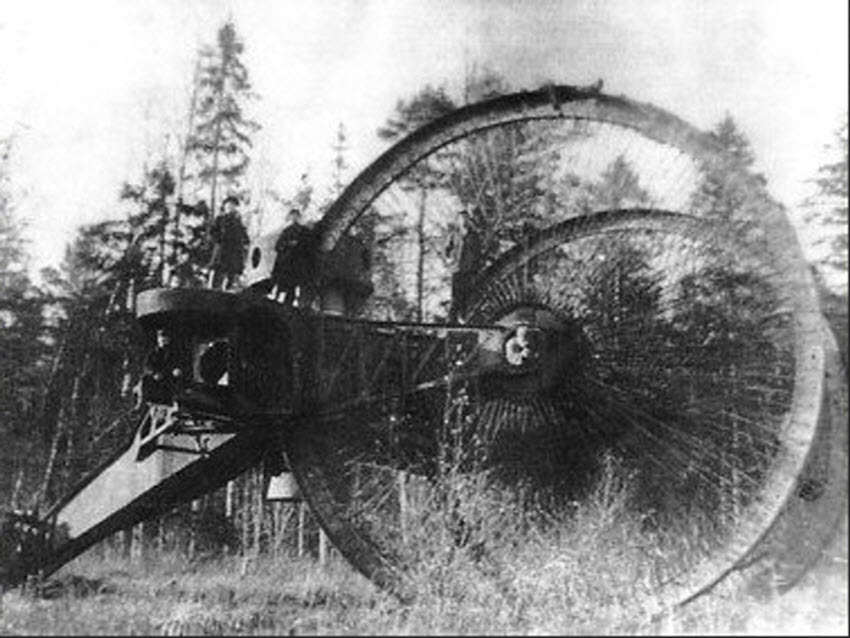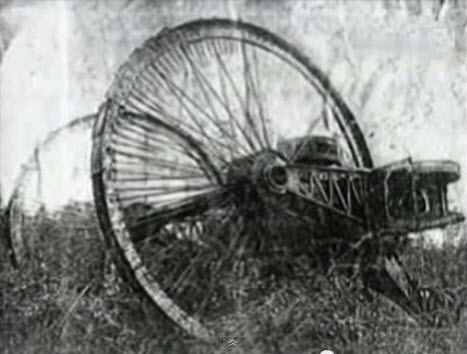|
|||||||||
|
|
Russian Tanks of World War 1Despite these shortcomings the Russian leadership realized that armoured vehicles might help turn the tide against the advancing German armies. Several prototypes were developed and tested, but no tanks saw combat within the Imperial Russian Army before the Bolshevik Revolution and the ignoble peace with Germany and Austria. After the Revolution, some White Russian forces employed tanks given to them by the Allies to aid them in their fight against the Communists.  Russian Vezdekhod Tank, 1916 Despite the fact that Imperial Russia never succeeded in developing a tank force of its own, it experimented with several innovative designs which in many ways were technologically superior to the tanks developed by the Germans and the Allies. Due to the upheavals caused by the Revolution, few records and photographs survive of these early Russian tanks, but what evidence remains shows remarkable ingenious and innovative tanks. Some were surprisingly modern in their design: with sloped armor, low silhouette, and ingenious gun mounts. Others were bizarre monstrosities that represent technological dead ends that would be at home in a Steam Punk fantasy. The Vezdekhod Tank The Young Aircraft Designer Aleksandr Porokhovschikov in january 1915, Who Designed the First Russian Tank. He Was Later Executed By The Soviet Secret Police. The tank had sloped armor and was very low. This gave it increased stability because of its low center of gravity and also would have made it a harder target for enemy gunners. It was also surprisingly fast and could be manned by just two men, a much smaller crew than the German or British tanks. The Russian Vezdekhod tank was capable of speeds of up to 26.5 miles. During tests, it performed very well. It could traverse rough or soft terrain and could cross trenches and climb obstacles. It was only 1.5 meters high, 3.6 meters long and 2 meters wide. In contrast, the German A7V tanks could only manage 7 miles an hour on rough terrain and about 15 miles per hour on roads. In comparison to the nimble Russian tank, the German tanks were lumbering monstrosities measuring 3.3 meters in height, 7.34 meters in length and 3.1 meters in width. Unlike the Allied and German tanks, which were fitted with machine guns and artillery cannons, this Russian design only had a small machine gun turret. This would have made it useful as an infantry support vehicle but would have rendered it ineffective in a tank on tank encounter. For reasons which are not entirely clear, the Vezdekhod tank was never put into production. When the Russian Revolution happened, the war effort against the Germans collapsed and this project was abandoned permanently. Its developer was later executed by the Soviet secret police. The Czar Tank (or Tsar Tank) Russian Tsar Tank, 1916 The Czar Tank was one of the most bizarre tank prototypes ever built. It took a completely different approach to tank design than the little Vezdekhod tank. Instead of being small, fast and low to the ground, the Czar Tank aimed to literally dominate the battlefield from a great height.It was built to resemble some form of paddle wheel on land. Instead of tracks it had two large wheels and a smaller wheel in he back. It looked a lot like an oversized tricycle.  The Czar Tank mounted the navigation room and guns on a central axis running between the two paddle wheels. It was 10 meters high, 9 meters wide and an incredible 17.8 meters long. It weighed an astonishing 40 tons and needed a crew of ten to man it. The only possibly redeeming feature of something this big is that it would have allowed the gunners on the tank to hold the high ground, shooting down on the enemy as if they had been on a small hill. That is, if the thing had not been destroyed by enemy fire immediately. Its great size meant that it was a great target for enemy artillery and its ungainly weight, and wheel arrangement meant that it was useless on rough terrain. During test trials, the Czar tank became stuck in the mud. Only two prototypes were ever built and neither ever saw combat. The project was scrapped in 1916. The last surviving specimen was broken for scrap in 1923. Land CruiserWhen tanks were first conceived they were often envisioned to be the land equivalent of battle ships: they would be large, heavily armoured and equipped with very large guns. Designers and visionaries believed that these behemoths would engage in battles with other land ships much like ships of the line attacked each other in formation. In most cases the conception of these vehicles as ships on dry land was more of a metaphor than a fact, but in the case of an early Russian tank design, the land ship designation was almost a literal description. When the war started, a Russian naval engineer by the name of V. D. Mendeleyev came up with the idea of using the shape of a submarine, powered by an actual submarine engine as a tank. This literal land ship was to mount an enormous 120 mm naval gun. It was projected to weigh over 170 tons, which of course would have made it completely useless on soft ground and unable to traverse most bridges. This design apparently never reached the prototype stage and only drawings and sketches remain. Despite the practical failure of the Russian tank program, these programs clearly showed the Russians' ingenuity for tank building. Less than 30 years later, Russian tanks would dominate the battlefield on the Eastern Front and hand the German Panzer armies their first defeats. See Also: German Tanks of World War 1 | British Tanks | French Tanks |Italian Tanks | Russian Tanks | ||||||||
